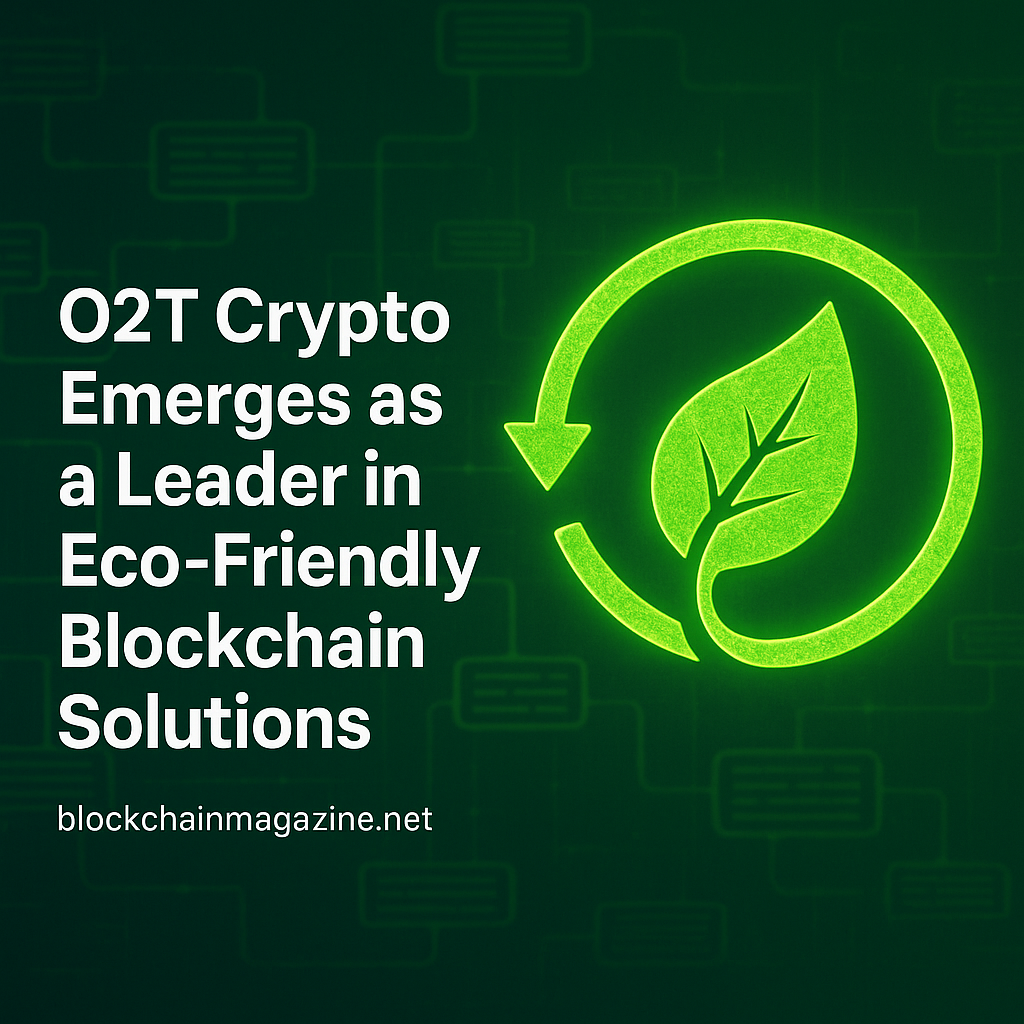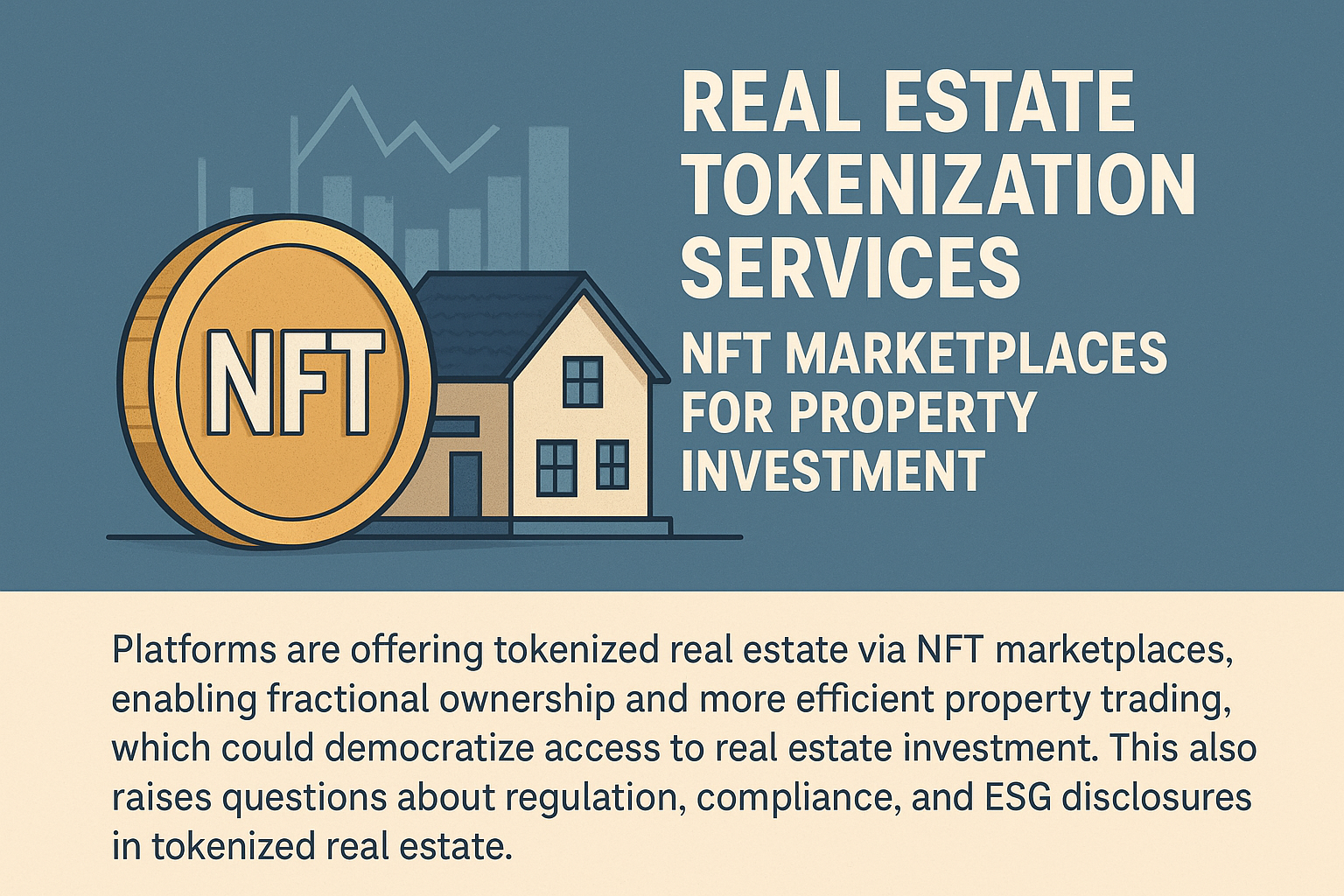In a world increasingly focused on sustainability, CircleChain emerges as a promising blockchain-based solution for advancing the circular economy. By using a role-based token management scheme, CircleChain ensures that second-life components—such as reused parts and recycled materials—can be tracked transparently throughout their lifecycle.
What Is CircleChain?
CircleChain is a decentralized framework designed to tokenize physical products at each stage of use, reuse, and repurpose. Unlike traditional recycling systems, which often suffer from a lack of traceability and coordination, CircleChain introduces digital tokens that represent physical assets, enabling full lifecycle visibility.
Role-based Token Management
At the core of CircleChain lies its role-based scheme. Stakeholders—manufacturers, consumers, recyclers, and regulators—are assigned roles that define how they interact with tokens. For example:
-
Manufacturers mint tokens representing new products or components.
-
Consumers validate usage and trigger the token’s transition to its next role.
-
Recyclers burn or reassign tokens when a component is reclaimed or remanufactured.
-
Regulators have read-access for audit and compliance checks.
This architecture promotes accountability while maintaining flexibility in handling various product lifecycles.
Enhancing Transparency & Circularity
CircleChain offers benefits that go beyond just technical innovation:
-
Traceability: Every component’s origin, usage, and repurposing history is immutably logged.
-
Incentives: Stakeholders can be rewarded with tokens for eco-friendly actions like returning used goods.
-
Automation: Smart contracts streamline validation, reducing reliance on intermediaries.
The Vision Ahead
CircleChain’s framework aligns seamlessly with global efforts to reduce waste and extend product lifespans. As regulatory and consumer pressure mount for sustainable practices, CircleChain may become a foundational tool for companies embracing the circular economy.




